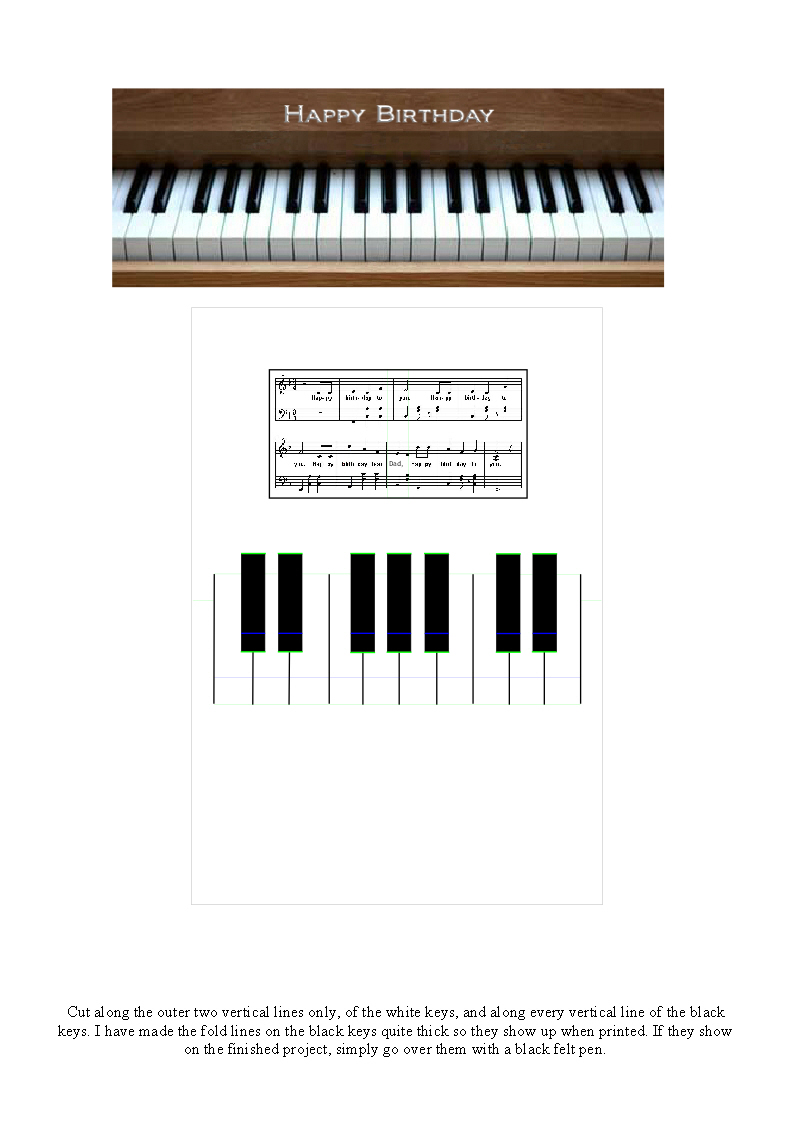
As for the rest of us, now that so many of the keyboards we encounter come with the inbuilt ability to publish instantly, perhaps we should be thankful for anything that slows us down, and saves us from the social media equivalent of a fat-finger error. But is that really such a virtue? For writers, not so much – remember that famous Capote putdown: “That’s not writing, that’s typing”. One boast common to all these new-fangled systems is speed. And then there’s PopKey, a keyboard that does away with the alphabet altogether in favour of… animated gifs. TouchOne claims to be the world’s first dedicated smartwatch keyboard, squeezing its letters onto eight keys that require a combination of four gestures. There’s the Hero Keyboard, which looks like the dial on a rotary phone, fusing the new with the exquisitely retro. But now that we’re doing so much typing with our thumbs, a plethora of alternative systems are being coined. When Sholes and his fellow inventors were working on their “literary piano”, they could have had no way of knowing that it was the arrangement of the machine’s keys that would be their enduring contribution to human communication. “The keyboard arrangement was incidentally changed into Qwerty, first to receive telegraphs, then to thrash out a compromise between inventors and producers, and at last to evade old patents.”
POPKEY KEYBOARD FULL
Though even this isn’t the full story: “There was no consistent policy towards Qwerty”, they write. Instead, they’ve posited another explanation: Qwerty rearranged the alphabet for the convenience of the telegraph operators who were Sholes’ first customers.
POPKEY KEYBOARD PROFESSIONAL
But as Koichi Yasuoka and Motoko Yasuoka, two researchers at Japan’s Kyoto University, noted back in 2011, there were no professional typists back when Sholes was busy shuffling the alphabet. World War Two-era research suggesting that Dvorak typists could rattle off assignments 74 percent faster than their Qwerty-using colleagues has since been discredited, but if you take the time to actually look at it, the Qwerty layout doesn’t make a whole lot of sense.Īnother theory behind its evolution is that it arranged all the letters needed to type ‘typewriter’ on the same top row, enabling salesmen to speedily tap out the instrument’s name and wow prospective customers. Not such a concern in the age of the delete key, though Dvorak’s 21st Century fans also tout it as a fix for repetitive strain injury. The article sounded the death knoll for that “laborious and unsatisfactory” instrument, the pen, soon to be set down in favour of “playing on the literary piano”.Īccording to Dvorak, a text that required the average typist’s fingers to travel up to 20 miles on a Qwerty keyboard clocked up only one mile using his system, all thanks to ergonomic benefits that also cut down on many common typos. Having already tried to build machines for typesetting and printing numbers, Sholes’ adventures in type began in 1867, when he read an article in Scientific American describing the Pterotype, a prototype typewriter invented by one John Pratt. He was also one of a team of inventors credited with building the first commercially viable typewriter. Born in small-town Pennsylvania in 1819, Sholes was many things, including newspaper editor and Wisconsin state senator.




The letters on a typewriter are affixed to metal arms, which are activated by the keys on early models, if a lever was activated before its neighbour had fully come back down to rest, they would jam, forcing the typist to stop. In fact, the Qwerty layout was concocted to prevent keys from jamming – or at least, that’s what most experts have tended to believe. One character even lectures another about it in a Paulo Coelho novel. So why change this logical layout? Legend has it that Qwerty – known for the jabberwocky-style word formed by the first six letters of its top row – was dreamt up with the express purpose of slowing typists down. The earliest typewriters were cumbersome, moody machines but there was nevertheless an order to their keys that any English-speaking user could readily glean: they were arranged alphabetically.


 0 kommentar(er)
0 kommentar(er)
